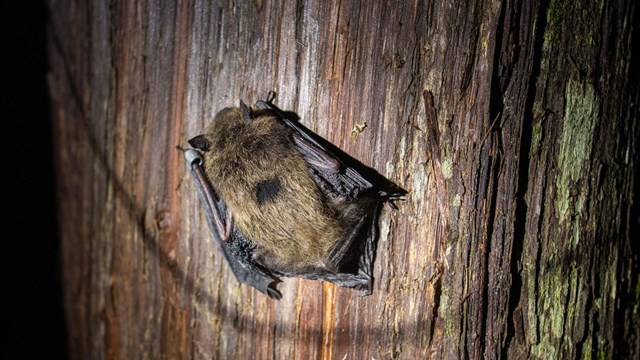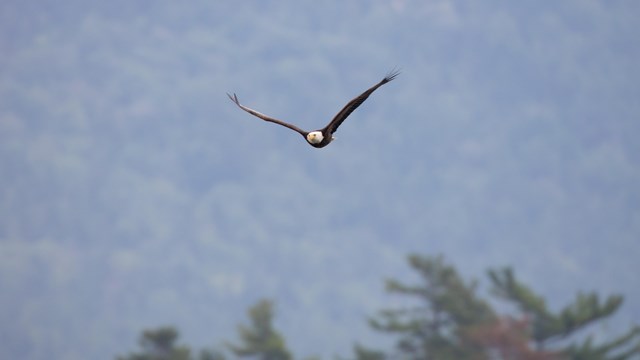|
Acadia National Park is a very different place than it was at its founding more than 105 years ago. While its beauty endures, its forests, lakes and coasts have been impacted through land use, pollution, tourism, invasive species, and, most pressingly, climate change. Acadia’s temperatures are warming, growing seasons are lengthening, we have more precipitation, with bigger storms. Sea level has risen by eight inches since 1950, and the ocean is warmer and more acidic. Invasive animals, pests, diseases, and plants are capitalizing on stressed ecosystems to spread further and deeper, outcompeting native species. These changes are likely to continue and accelerate, with dramatic impacts on the park we all love. Together, with our partners in science at Friends of Acadia and Schoodic Institute, we are taking action to ensure that Acadia’s beauty and vitality endures. Climate ChangeWhile changes in weather take place over minutes, hours, or days, changes in climate are measured over years, decades, or centuries. Weather data have been collected in Acadia since 1916, giving us a window into long-term shifts in the park’s climate. Acadia’s climate is changing. As a result, we are applying new approaches to management that uses the future as the guide. Learn more about how climate change is impacting Acadia, and how Acadia is leading the way in using science-based management approaches so future visitors will be able to experience and enjoy the things we love most about Acadia. 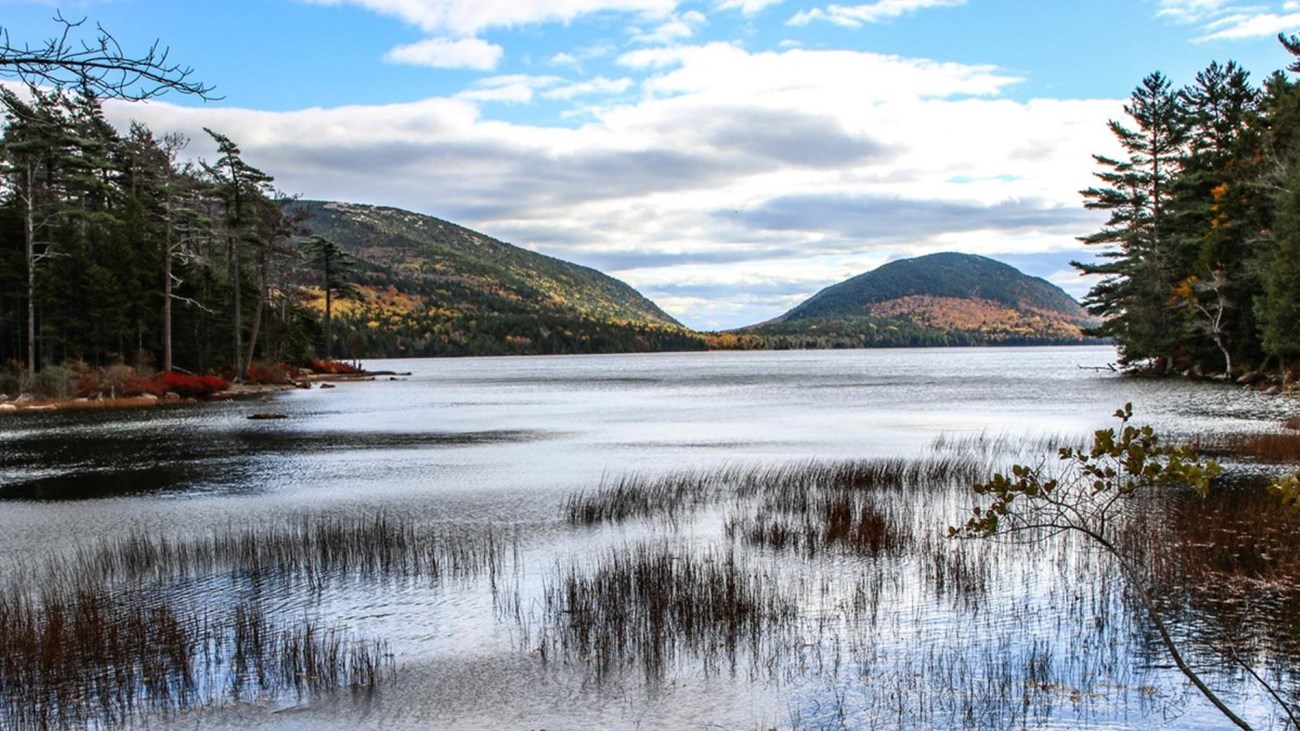
Climate Change
As national parks and green spaces everywhere experience large scale climate change, what do we stand to lose? 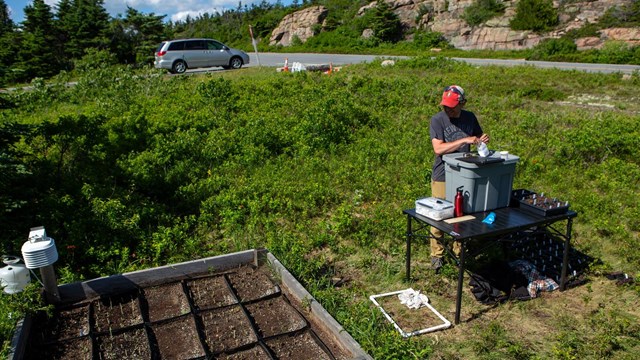
Science at the Summit
Learn about the ways climate change is challenging researchers to rethink how they manage Acadia's fragile mountain summits. 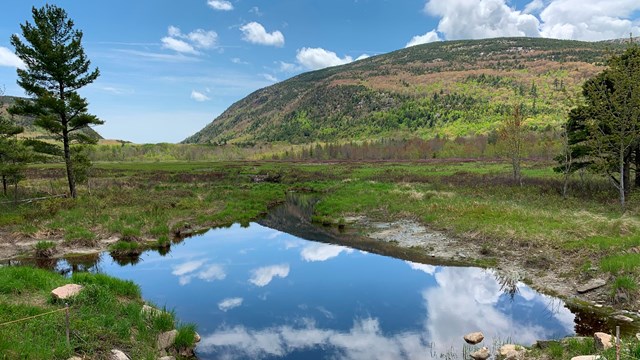
Great Meadow Wetland
Learn about this expansive wetland ecosystem and the steps scientists are taking to restore its health in the face of change. 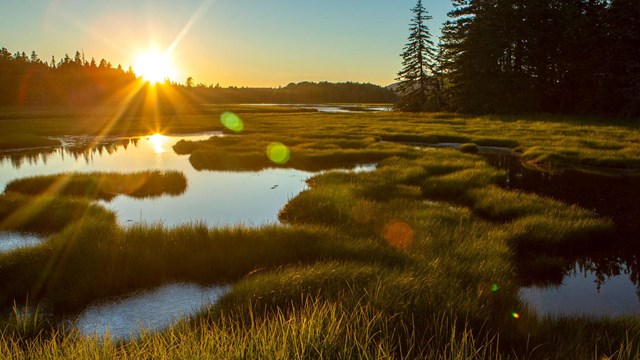
Bass Harbor Marsh
Learn more about beautiful Bass Harbor Marsh and efforts by researchers and volunteers to stem the tide of invasive species. Non-Native SpeciesAmong the greatest environmental challenges facing Acadia National Park is the presence and threat of invasive species. Non-native species, especially those considered invasive, threaten communities of native plants and animals across the United States. 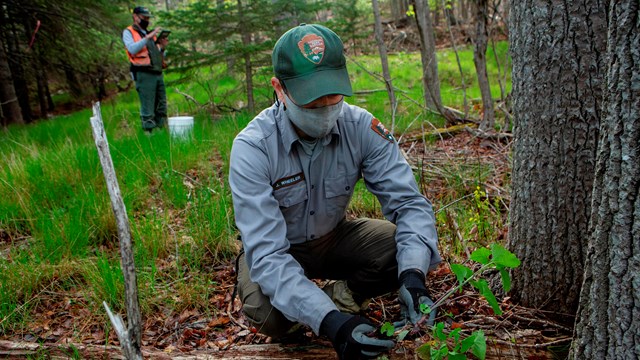
Invasive Plants
Invasive plants threaten Acadia's native ones. Learn more about these alien invaders and the steps park staff take to keep them at bay. 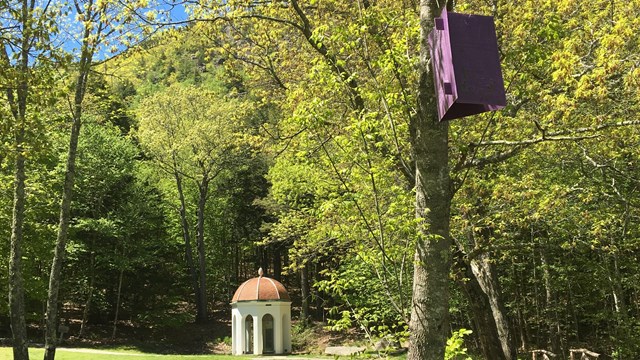
Pests, Diseases & Invasive Animals
Learn more about the steps park staff take to manage pets, invasive animals, and diseases that can kill an organism or an entire species. Air PollutionLocated along the mid-coast of Maine, Acadia is downwind from large urban and industrial areas in states to the south and west. Periodically, high concentrations of air pollutants blow into the park from these areas. Acadia is considered a Class I area under the Clean Air Act, which means that the park deserves the highest level of air-quality protection. 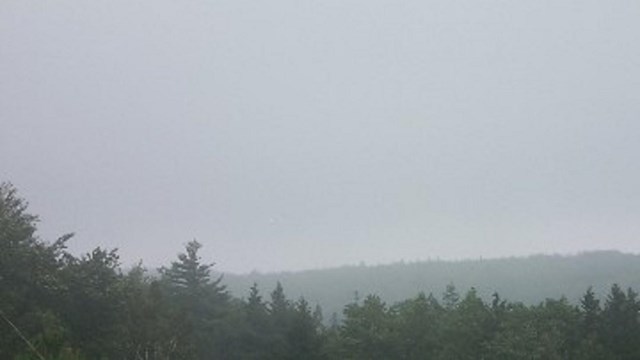
Air Pollution and Visibility
Acadia is deeply involved in the National Park Service's comprehensive air resources management program. 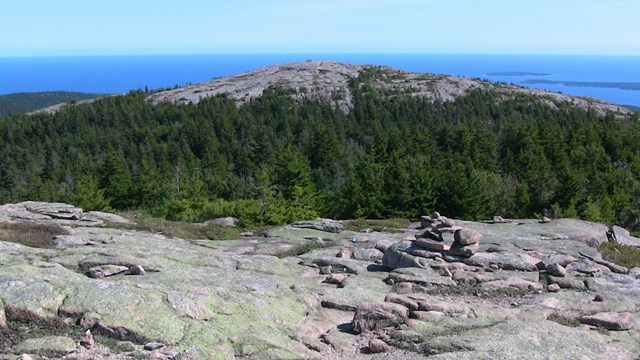
Scenic Views and Viewsheds
Learn about the natural and historically designed scenic views in Acadia as the lengths scientists are going to to protect them. Threatened & Endangered SpeciesRare, threatened, at-risk and endangered species require a higher level of concern, management and care. Bats, migratory birds, insects, and rare plant populations are particularly vulnerable to the stresses of climate change, invasive species, and trampling by visitors. Bats particulary suffer from the White Nose Syndrome. Peregrine Falcons, Bald Eagles, and Harlequin ducks join migratory birds as some of the main at-risk species at Acadia. 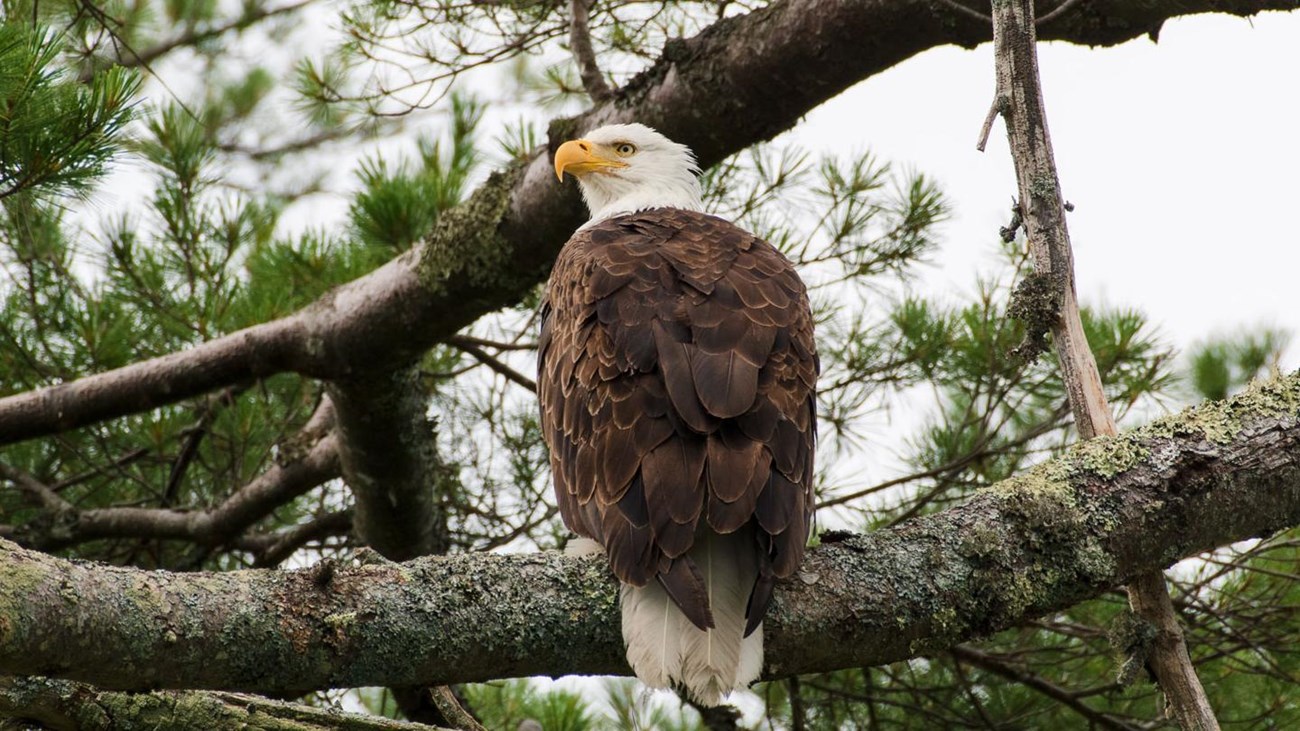
Threatened & Endangered Species
Learn more about the federally and state listed endangered and threatened species managed by Acadia National Park. Managing Environmental ThreatsYou can learn more about how the park and its partners come together to manage and plan for environmental threats and other issues on the park management page. Environmental threats join a long list of other management challenges including managing cultural landscapes and resources, and managing visitors and infrastructure that are all a part of caring for Acadia National Park.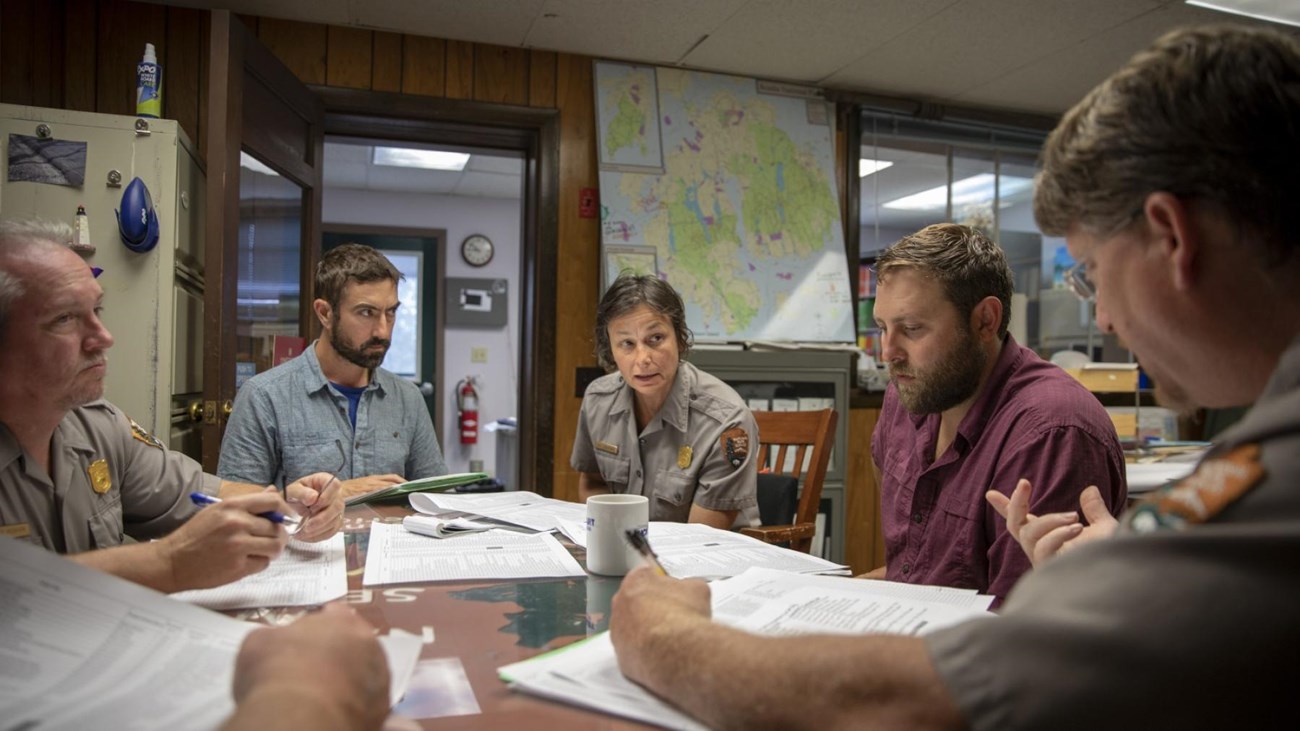
Management
Learn more about What We Do to manage Acadia National Park including planning, administration, and operations. 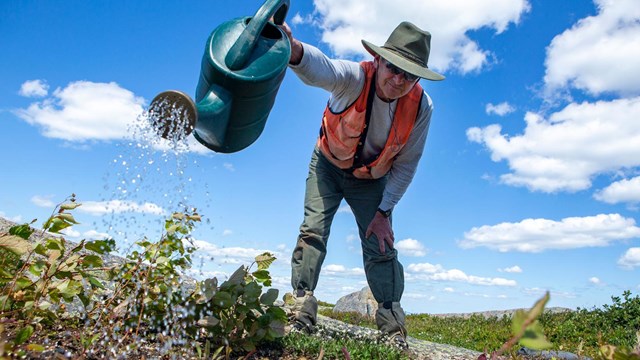
Protecting Nature
Learn more about the strategies and approaches of the National Park Service to protect and preserve nature for future generations. 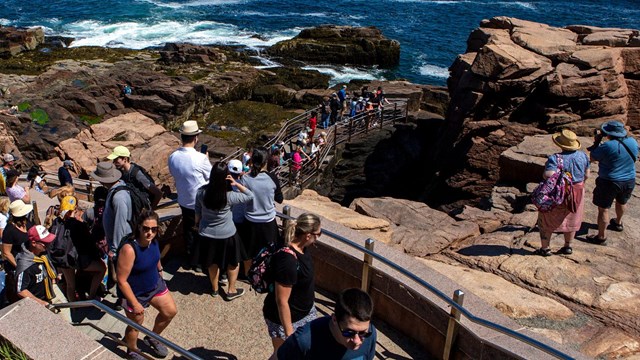
Manage Visitors
Learn more about the many ways that park staff help manage visitor behavior and impacts to protect the park. 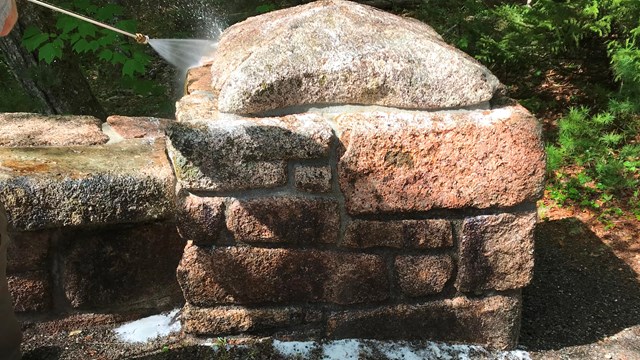
Preserve History
Learn more about the many ways that Acadia preserves its historic resources including historic structures, museum collections, and data. |
Last updated: September 15, 2022

